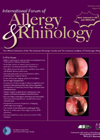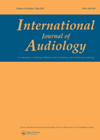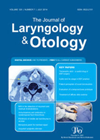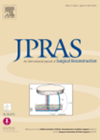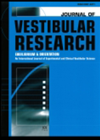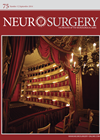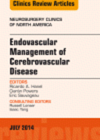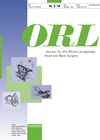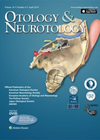
Journal Reviews archive for January 2015
Comparing patient and surgeon concerns in sinus surgery
This prospective observational study had a total of 180 patients undergoing endoscopic sinus surgery for chronic rhinosinusitis with or without polyposis. Data was analysed using descriptive statistics and analysis of variance. Subjects felt the greatest level of concern regarding potential...
Diet quality, noise, and hearing
This is an important article for all audiologists to better understand the relationship between dietary habits and hearing loss. It reports poor dietary habits plus noise exposure may lead to increased high frequency hearing loss. The literature review lays the...
Patients with advanced oral cavity carcinoma are not candidates for the ‘organ preservation’ approach
The authors of this study, from the University of Michigan, evaluated the role of induction chemotherapy for patients with stages III and IV resectable oral squamous cell carcinoma. Nineteen patients were initially enrolled in the induction chemotherapy cohort. Patients with...
Possibility of noise induced hearing loss during middle ear suction for secretory otitis media
Emission of high intensity sound is dangerous to the cochlea and can result in noise induced hearing loss (NIHL). Removal of middle ear fluid is common in everyday practice and the possibility of inducing NIHL is seldom considered and not...
Use of tranexamic acid in ENT surgery
Postoperative bleeding in otolaryngologic procedures causes delayed discharge, requires re-admission and adds considerably to the cost of patient care. Whether the anti-fibrinolytic activity of tranexamic acid should be used routinely to prevent haemorrhagic complications after ENT operations is speculation but...
Anatomic guidelines to endolymphatic sac in transmastoid approach – a cadaveric study
This study involved cadaveric dissection using transmastoid approach in cadaveric embalmed five half heads and posterior fossa approach in fourteen. The sac was identified by electron microscopy. The relatively consistent measurements were the relationship of the operculum to the internal...
Lipofilling for scar improvement
Since Coleman et al. in 1991 reported on lipofilling, numerous applications have been reported; these include but are not limited to contour restoration, lip augmentation, and wrinkle therapy. There has also been some one off reported improvements in scars following...
Vitamin C, a possible remedy for seasickness?
The internet is full of devices and medicines vying for superiority over which one is the best for preventing seasickness. This study was based on the following observations: elevated histamine levels trigger seasickness; blockade on histidine decarboxylase prevents seasickness while...
Stereotactic radiosurgery for pituitary adenomas
Residual and recurrent functioning pituitary adenomas can be difficult to delineate on postoperative MRI scans, making them difficult targets for stereotactic radio surgery. In such cases radiation delivery to the entire sellar has been utilised as a radio surgical equivalent...
Preoperative tumour embolisation
This review article analyses the role of preoperative endovascular tumour embolisation in the treatment of a variety of hypervascular head and neck lesions including juvenile nasal angiofibroma, glomus tumour, carotid body tumours, and meningioma. Although the concept of tumour embolisation...
Effects of nasal sprays on ciliary function
What do topical nasal sprays do to the nasal mucosa in the long term? This study reports the effect of corticosteroids, antihistamines and common preservatives in nasal sprays, benzalkonium chloride (BKC) and potassium sorbate (PS), on an in-vitro model of...
Endolymphatic sac surgery for Ménière’s disease
This is a very useful meta-analysis for those that perform surgery for Ménière’s disease. It specifically looked at differences in various forms of endolymphatic sac surgery (ESS). A total of 36 papers were included. The results: ESS controls vertigo in...

